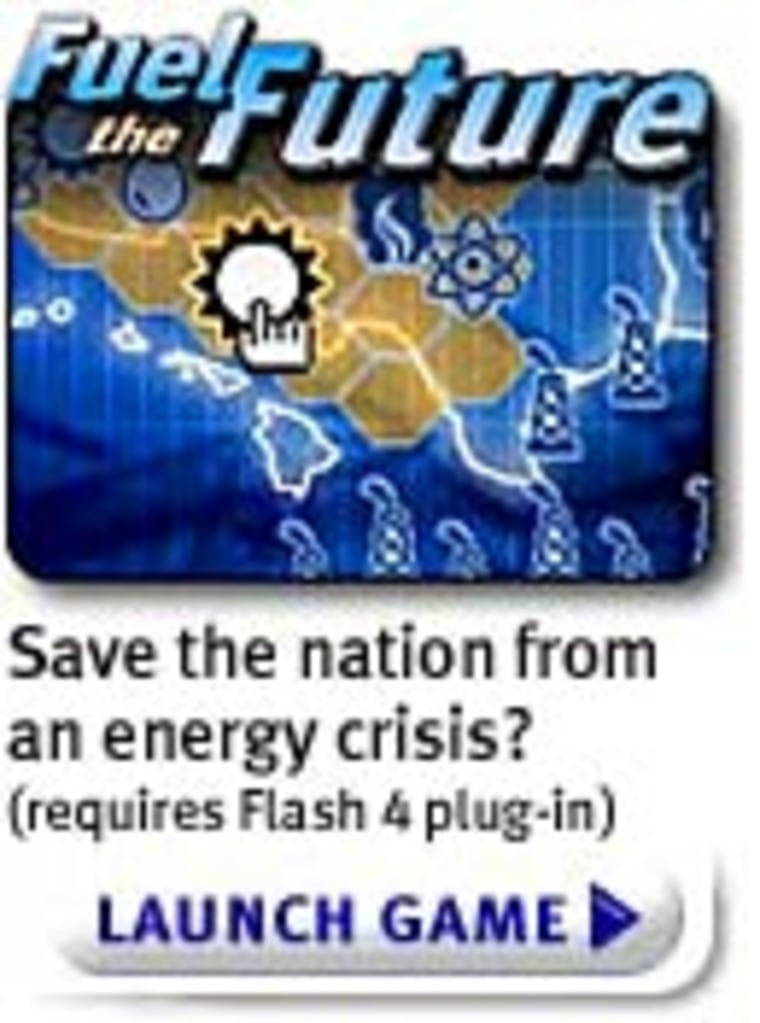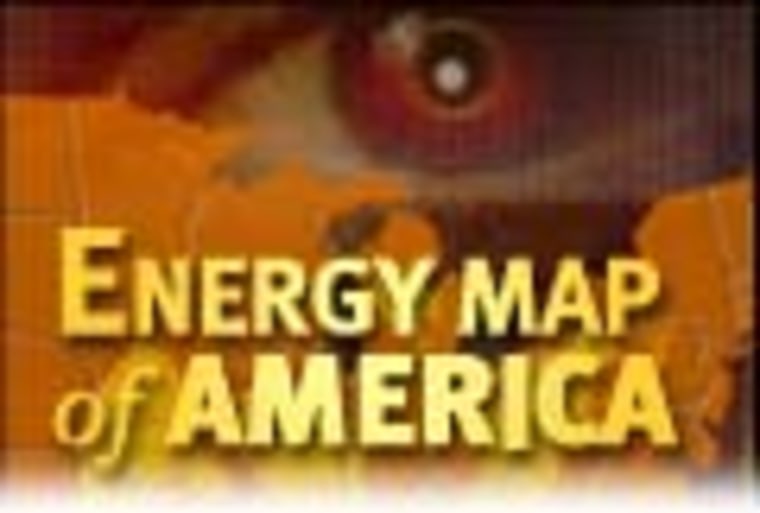Using the national spotlight to sell a technology still foreign to most Americans, President Bush on Tuesday proposed a $1.2 billion program to help build the infrastructure needed to revolutionize the cars we drive. The goal is to replace the polluting internal combustion engine with battery-like fuel cells that run on nonpolluting hydrogen. But obstacles exist, and the long time frame has environmentalists worried that more immediate action will be ignored.
USING HIS State of the Union speech as his platform, the president introduced many Americans to the technology.
“A simple chemical reaction between hydrogen and oxygen generates energy, which can be used to power a car producing only water, not exhaust fumes,” he said. “With a new national commitment, our scientists and engineers will overcome obstacles to taking these cars from laboratory to showroom so that the first car driven by a child born today could be powered by hydrogen and pollution-free.”
‘FREEDOM’ PROGRAMS
The beauty of hydrogen is that it promises to both drastically reduce U.S. dependence on foreign energy while dramatically cleaning the air.

But the obstacles are significant, especially finding a way to inexpensively extract hydrogen. Although it is one of the most abundant elements on Earth, hydrogen is found bonded to other elements. All fossil fuels contain hydrogen, for example, but extracting it is so far cost-prohibitive.
Bush didn’t get into specifics about his plan, which still requires congressional approval of any funds. But the Energy Department on Wednesday elaborated that the initiative — dubbed FreedomFUEL — was created to work with FreedomCAR, a program announced by Bush in 2002 and since funded by Congress.
“FreedomFUEL will develop technologies for hydrogen production and distribution infrastructure,” the department stated on its Web site. FreedomCAR, on the other hand, funds R&D efforts to build the actual fuel cell vehicles.
The two programs are part of an even bigger picture: a hydrogen-based economy, with fuel cells powering not just cars but buildings and homes. Energy Secretary Spencer Abraham unveiled that vision in November.
INDUSTRY WELCOMES
Car makers have been testing and developing fuel cells in recent years. While advances have been made in reducing the size and costs of fuel cells, the biggest obstacles now are how to extract hydrogen, how to distribute it and how to store it.
The California Fuel Cell Partnership, which is testing the largest fleet of fuel cell prototypes assembled in the country, praised Bush’s initiative.
“A presidential push is golden and gives extra momentum to the quest for commercialization of fuel cells for transportation,” said spokesman Joe Irvin.

The stock prices of several fuel cell companies rose on word of the initiative. Eric Prouty, an analyst at the investment banking firm Adams, Harkness and Hill, said that while the market needs to see more specifics, the speech “takes fuel cell vehicles out of the realm of ‘Star Trek’ type technology.”
Prouty predicted stocks in fuel cell companies would remain volatile, noting that many of the companies have yet to report a profit on fuel cells and had seen their shares fall as energy prices fell.
“It’s a sector that I think had really fallen out of favor for a while that now people are taking another look at,” he said.
ENVIRONMENTALISTS WARY

Within the environmental community, many voiced skepticism about the president’s intentions.
“The FreedomCAR program funnels millions to Detroit without requiring that they produce a single fuel cell vehicle for the public to purchase,” the Sierra Club’s Daniel Becker said in a statement, adding that “the auto industry is using the promise of future fuel cells as a shield against using existing technology to dramatically cut our oil dependence and pollution today.
InsertArt(2050849)“This technology is sitting on the shelf while Detroit dithers,” he said. “Honda and Toyota are producing (gas-electric) hybrid vehicles today; the Big Three are not. Honda has stated that it is using the electric motor of its hybrid as the basis for the fuel cell cars which it is beginning to produce. Meanwhile, FreedomCAR is re-inventing the wheel.”
And Philip Clapp, head of the National Environmental Trust, noted that two years earlier, during his presidential campaign, “Bush ridiculed Al Gore’s proposal that we replace the internal combustion engine with new technologies. The Bush plan, Clapp added, “won’t make much difference to promote the very technologies he made fun of two years ago.”
Energy Department background information on the hydrogen initiatives is online at www.eren.doe.gov/freedomfuel.
Reuters contributed to this story.